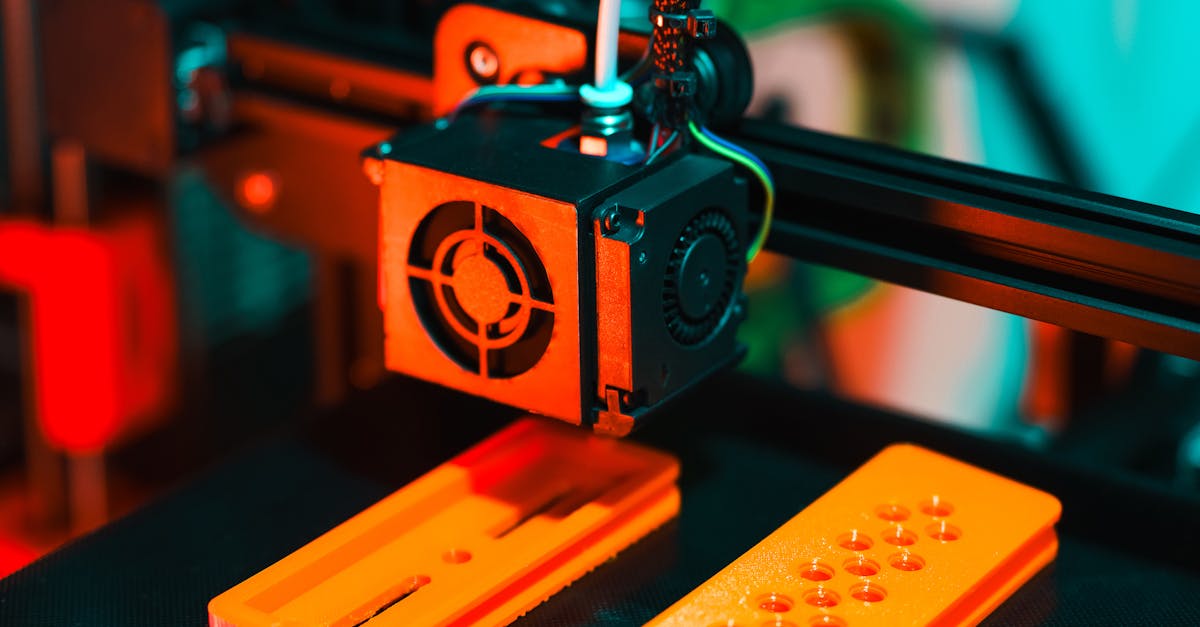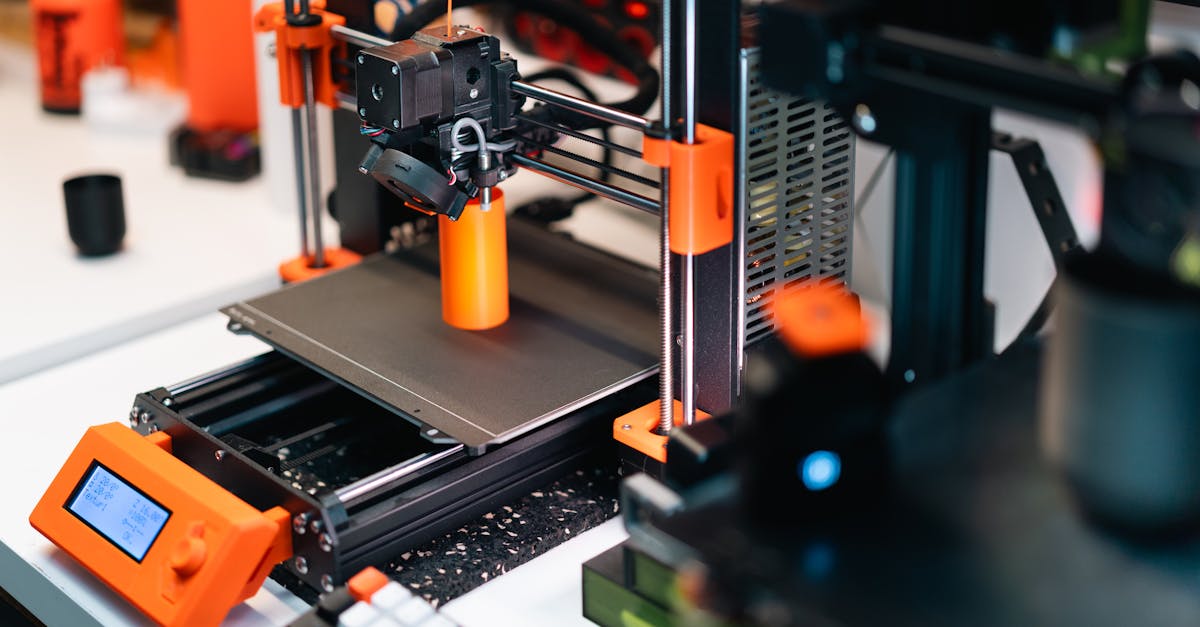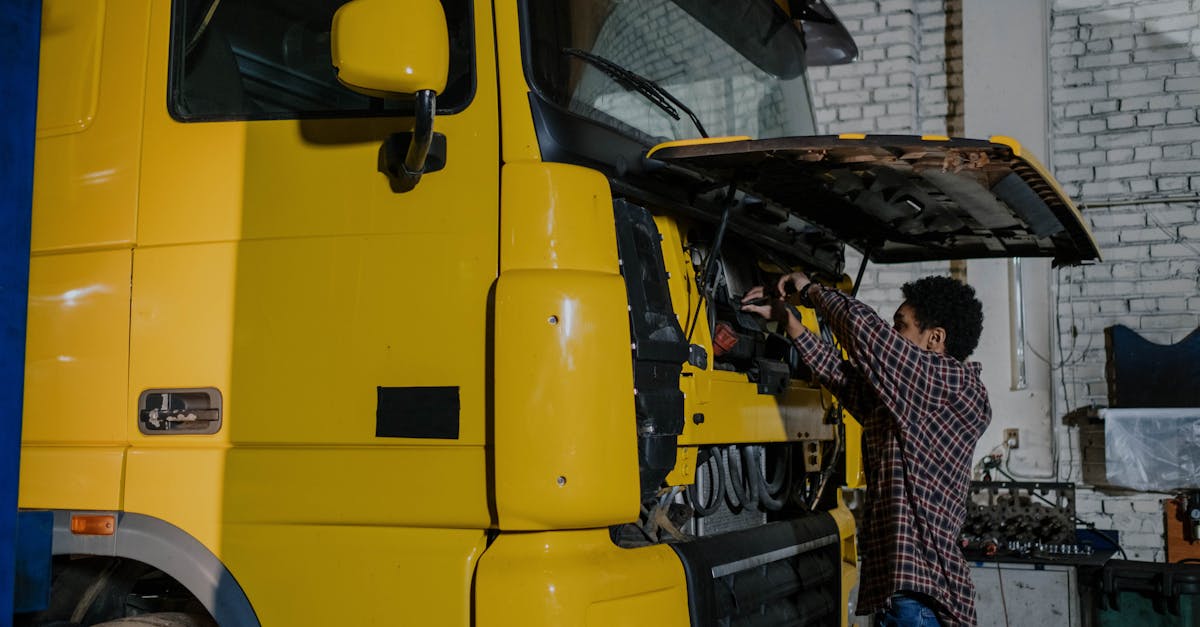Ever wonder if 3D printing in auto repair could revolutionize your garage? With so much buzz around auto repair innovation, it’s easy to see why. Imagine whipping up a custom car part right in your workshop or effortlessly restoring a vehicle with 3D printed car parts. Sounds like a scene out of a sci-fi movie, right? But as promising as it sounds, avoiding common pitfalls can be tricky without the right guidance.
Think about the money you’ll save with cost-effective repairs and the time you’ll cut by improving repair efficiency. There’s so much potential in additive manufacturing, but like any technology, it’s crucial to avoid rookie mistakes. Get this right, and you’ll have the edge in the automotive repair industry, making collisions repair less of a headache. Plus, with digital inventory management, access to replacement car parts could never be easier.
Ready to drive your repair skills into the future? Dive in to learn how you can harness this technology without falling into common traps. Let’s print those mistakes away!

Photo provided by Jakub Zerdzicki on Pexels
In the article
Common Pitfalls in 3D Printing in Auto Repair
When using 3D printing technology in auto repair, it’s easy to make some mistakes. First, forgetting to check the size of your parts can cause issues. It’s crucial to ensure your 3D printed car parts fit properly. Another common mistake is not using the right 3D printing materials. You must select materials that can handle the wear and tear of vehicle use. Additionally, ignoring regular maintenance of your 3D printer can lead to poor-quality prints. Regular checks help ensure everything works smoothly. Lastly, skipping the software updates for your printing software can create problems. Updates often fix bugs and improve performance.

Photo provided by Jakub Zerdzicki on Pexels
Poor Selection of 3D Printed Car Parts
Choosing the right custom car parts is key. Start by understanding your car’s specific needs. Do you need a part for strength or flexibility? Consider what your car requires. If you choose the wrong part, it might not perform well, and that could lead to more repairs. Also, be sure to research the best materials for your parts. Some materials are better at withstanding heat or pressure. Therefore, always go for quality over cost. Quality parts might be a bit more expensive but they last longer. Lastly, always choose a reliable supplier. A trustworthy supplier ensures you get the best 3D printed car parts.

Photo provided by Andrea Piacquadio on Pexels
Lack of Understanding in Additive Manufacturing
Additive manufacturing is the core of 3D printing in auto repair. Understanding its basics is crucial. First, realize that 3D printing technology builds parts layer by layer. This is different from traditional methods and allows for more complex designs. Another key point is that it can reduce waste since you only use the material needed. You can also create unique shapes not possible with traditional methods. Finally, learning how to optimize your designs for 3D printing will save time and resources. If you learn to use the right software, you can create more efficient designs and improve repair processes.

Photo provided by Artem Podrez on Pexels
Overlooking Repair Efficiency
Boosting repair efficiency is vital in vehicle restoration. One way to do this is by using 3D printing technology effectively. With it, you can create parts on demand, reducing wait times for parts delivery. Additionally, it helps in creating complex parts that might not be available in the market. This alone can speed up repairs significantly. Another tip is to train your team in using this technology. A knowledgeable team can use 3D printers more efficiently. They can also troubleshoot problems quickly, helping to avoid unnecessary delays. Therefore, investing in training is a smart move.

Photo provided by cottonbro studio on Pexels
3D Printing in Auto Repair: Cost-Effective Approaches
3D printing in auto repair opens up many cost-effective solutions. Firstly, manufacturing parts as needed helps in cutting down on storage costs. You don’t have to keep large inventories, which saves money. Additionally, it allows for quicker prototyping, helping you get parts right the first time. This precision reduces mistakes and minimizes waste. Moreover, 3D printing can create more lightweight parts, which improves vehicle efficiency without compromising strength. In the long run, this reduces fuel consumption and costs. Lastly, using a 3D printer reduces overall repair costs as it helps avoid the expense of rare or outdated parts.
Benefits of Accurate Designs
Accurate designs are critical when using 3D printing in repairs. Accurate designs ensure that parts fit perfectly, which enhances the vehicle’s performance. Furthermore, using precision in your designs reduces the chance of error, ensuring you create reliable and durable parts. Accurate designs also contribute to better safety standards, as they minimize the risk of part failure. Therefore, always double-check your designs before printing. Investing time in creating precise designs improves the quality of your output significantly.
Innovative Solutions for Vehicle Restoration
Innovation is at the heart of using 3D printing for vehicle restoration. One major advantage is the ability to make obsolete parts available again. With 3D printing, you can recreate parts that are no longer in production. This innovation helps keep older cars on the road longer. Another benefit is the flexibility of designing custom solutions. If you need a unique part, 3D printing can produce it, ensuring you have exactly what’s needed. Finally, 3D printing reduces the time spent waiting for parts from suppliers. You can create them on-site, which saves both time and money.
Unlock the Future of Car Repair
Understanding 3D printing for car repairs can enhance your shop’s efficiency and reduce costs. By leveraging this technology, you gain access to custom parts and innovative solutions that elevate your repair processes. Embracing this shift not only boosts your capabilities but also positions you ahead of competitors in the ever-evolving auto repair industry.
The first step is exploring available 3D printing technology that fits your needs. Research reliable providers and consider investing in a printer suited for your shop’s requirements. Next, educate yourself and your team on utilizing digital tools, such as 3D modeling software, to optimize your repair processes. Learning and implementing these steps will kickstart your journey into a more innovative repair method.
Now is the time to act. Begin your research and invest in training to truly harness the power of 3D printing. Step into the future today and transform your auto repair business into a hub of innovation and efficiency.
